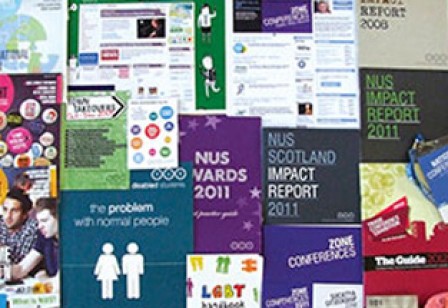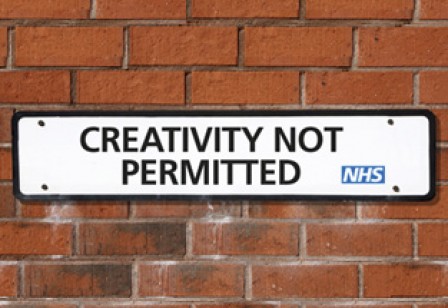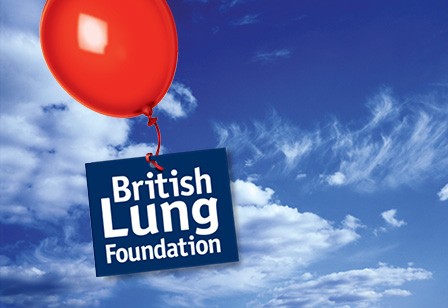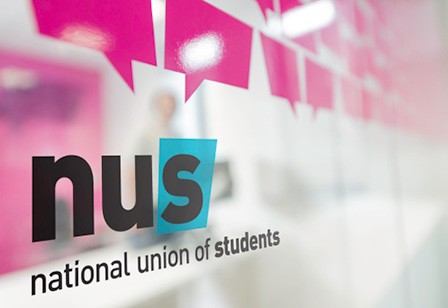Icons, icons, everywhere, and not the space to think
In design we must get to the point clearly, efficiently and effectively. In the jostle to be noticed in the busy lives' of folk we must tell a better story, and tell it PDQ.
And if the writer's tool is an acronym, the graphic designer's is an icon.
Using iconography as a shorthand can reduce the time it takes for us to process a message. It can save us from injury (hazard warnings), keep us connecting (social media buttons) and minimise confusion (road signs).
Over the past year we've seen an increasing trend for clients to include a set of icons on their visual brand 'wish list'. In many projects these have been outstandingly effective.
But can (and should) all communication in our lives be distilled into an icon?
Many brands, particularly in the third sector, rely strongly on human emotion to make an initial impression and a lasting connection. One thing icons cannot deliver is warmth. Nor can they deliver a complete story. Which makes them open to misinterpretation. A heart used by one organisation may indicate support, yet to another it represents family. And, as organisations strive for uniqueness, we look for more abstract ways to convey these words. There are only so many reinventions for icons meaning 'progress'. Will any icon ever represent a 'specialised rehabilitation unit'?
But there is a time and a place. A success story for iconography is PearsonLloyd's recent work to reduce aggression in A&E departments. By illustrating each stage you might encounter in the medical system, from admission to discharge, patients are meticulously provided everything from their exact locations to current waiting times. The simplicity of the icons eliminates confusion and the transparency of the information feels refreshingly honest.
Icons support simple messages. Used sparingly, they can aid signage and enhance digital navigation. But, unlike a colour palette or a typeface, they should not become staple requirements of a visual brand. Never rely on them to convey the power of your story.
http://pearsonlloyd.com/2013/11/a-better-ae/






